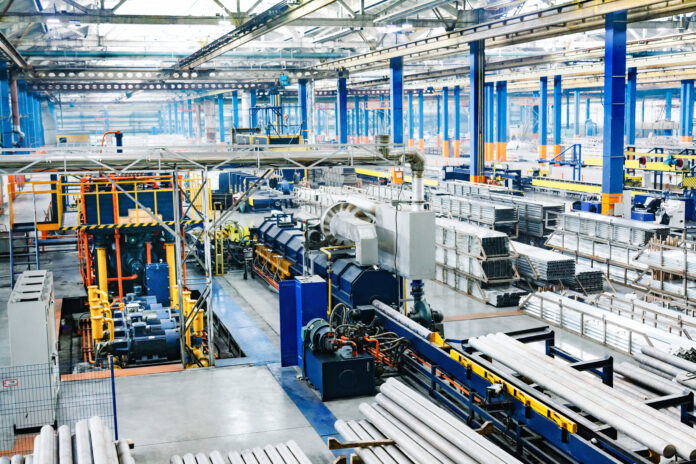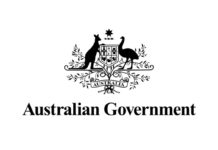
The Productivity Commission has unveiled its 50th annual Trade and Assistance Review (TAR), detailing the amount of industry assistance provided by the Australian Government for the 2022-23 fiscal year.
According to the TAR, industry assistance decreased to $15 billion in 2022-23. This reduction is largely attributed to the conclusion of remaining COVID-19 stimulus measures.
The report notes that this amount is primarily allocated through a few large, long-standing programs, the commission said in a news release.
The services sector received the most budgetary support in absolute terms, but primary production received approximately five times more assistance relative to its share of the economy.
The report highlights that these figures do not encompass all forms of industry assistance, particularly those occurring ‘behind-the-border’ such as domestic price controls and local content rules.
Deputy Chair Dr Alex Robson remarked on the significance of the TAR: “For the past fifty years the TAR has been a vital resource for measuring and assessing the effects of industry assistance. With global and domestic industry assistance expected to rise in coming years, policymakers should continue to look to the TAR to guide decision making.”
Dr Robson emphasised the importance of well-articulated industry policies: “It is important that industry policy is well-articulated and subject to rigorous and public cost benefit analysis. Policy discipline will ensure industry assistance is focused on achieving clear goals at least cost to the Australian community, without inadvertently becoming a new form of trade protectionism.”
The 2022-23 TAR explores various approaches to identifying comparative advantage—areas where an economy performs best relative to others. Dr Robson cautioned against over-reliance on comparative advantage: “A strong economy is one that makes the most of its relative strengths – but identifying points of comparative advantage is not straightforward. Governments should be cautious in pursuing industry policy on this basis and build in off-ramps to allow a timely exit if these policies fail to achieve their stated aims.”
The release of the TAR also coincides with the Australian Government’s move to eliminate 457 nuisance tariffs. Dr. Robson supported this development.
“Getting rid of these tariffs will reduce unnecessary administrative costs and compliance burdens for business without meaningfully affecting government revenue. Eliminating tariffs entirely would reduce business costs and the costs to household budgets.”
The full Trade and Assistance Review 2022-23 is available for review at www.pc.gov.au.



















